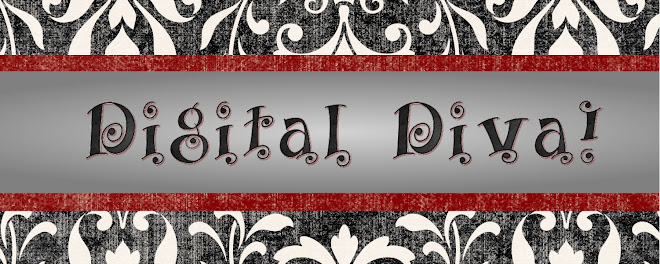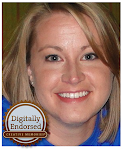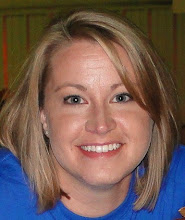Hi all, I am sorry to have been away (for those of you checking in). I haven't had much response from readers so I took a break. But I'm back now and ready to change gears. Let's dive right into StoryBook Creator Plus. I am assuming that you have installed your software and it's content successfully, so if I am wrong, please contact me for help. For our first lesson, let's just get acquainted with the working screen. When you first open your program your screen will show the home page where you have some choices to make.
You can start a project, open an existing one, search for the latest content available for download or search the help section. Let's start with a new project. For our walk-thru purposes and to set us up for the next lesson, let's choose the 4x6 landscape option under local printer. You will notice that you have no other option but to select blank under the theme. Rest assured that you have not 'lost' your themes, they are just not available for this size. Click next.
Now you have to name your project. You can change this later but I would still choose wisely so as to save you time in the long run. Let's call it Easter Card and click create. Your screen should look something like this:
Now, lets walk thru your 'designing' palette on the right. There are tabs labeled pages (really important for making storybooks or when you have multiple page projects...later), photos, shapes, papers, and embellishments. This is where all your 'pretty' stuff is held and organized for you.
Along the top is the tool bar. Home is where you save, add, change, print, etc. your projects. Photos tab is for editing, matting and adding features to the photos in your project once they are place on your page. Enhance has some advanced features for photos and elements. Text is where you go for all text and journaling tasks. Layout is the arranging of your elements that you place on the page, where you can align, flip, flop, rotate and change the order your element appears on the page. Tools are like artists' tools. You can cut shapes, color and add fun effects like textures. Lastly, is the view tab. This is where you can customize your working space and control what you see.
Notice along the top you have rulers that come in handy when gauging space relations. At the bottom is a slide where you can adjust the size of your working palette to zoom in or zoom out.
Now, we should be acquainted with the working palette of the software. Next time I'll walk you thru using some of the features to make a basic photo easter card. I sure hope you have taken your pictures for this fun card!





No comments:
Post a Comment